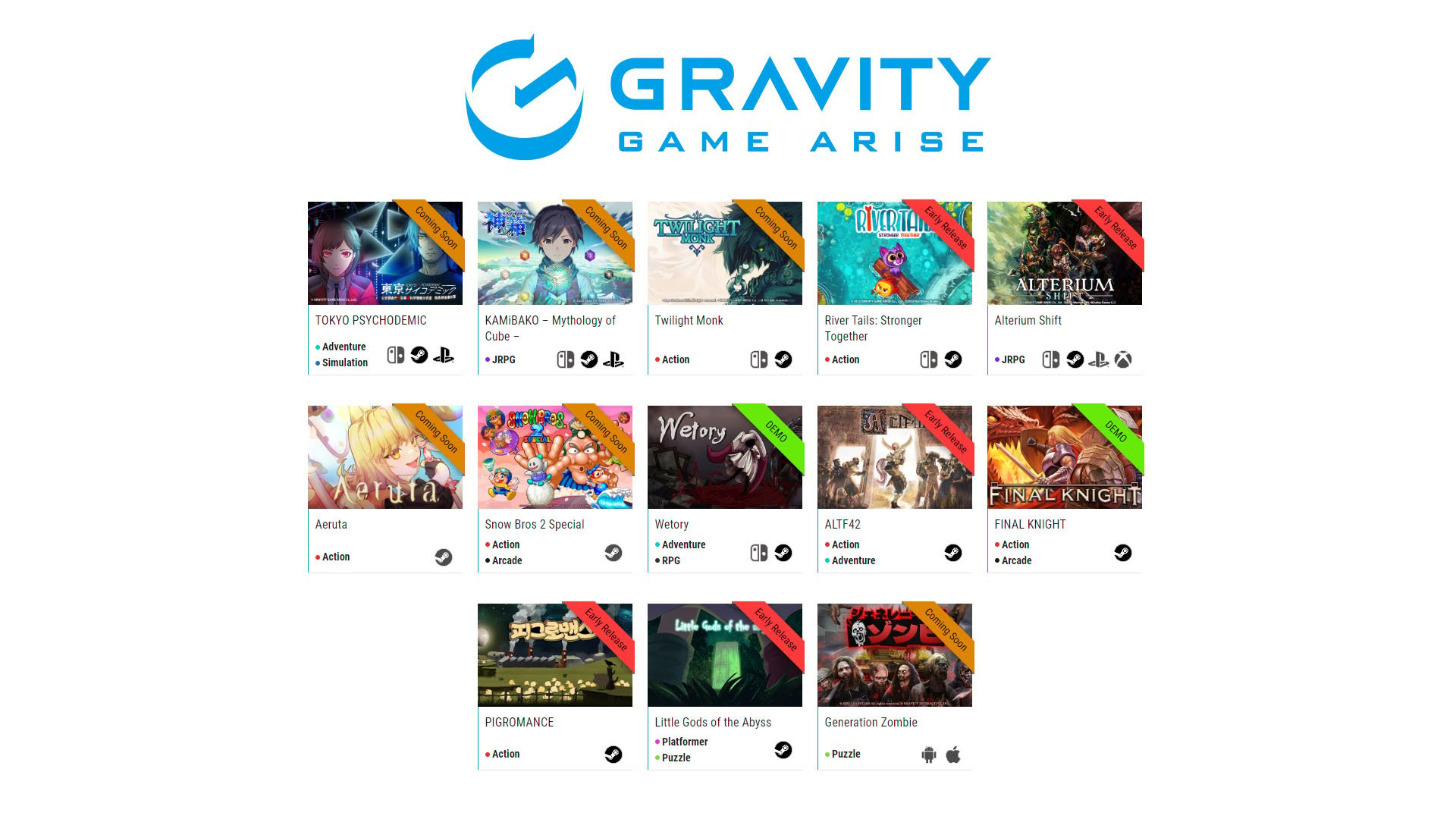Kteily says by the time the company rolled out these services, it was too late. Customers had already left the platform. “I think they hit on something viral, which was the concept of where you’ve come from. People found that so fascinating. But once you know that information, you’re not going to come back five years later and pay for a subscription,” he says.
Sumit Nagpal, a serial entrepreneur in the health tech space and a self-described early adopter of 23andMe, says he was among the company’s subscribers but eventually stopped logging into the online platform. He says the reports didn’t provide much “actionable” health advice. “It never had any life-changing value,” he says.
Nagpal’s latest company, Cherish, which he founded in 2020, is developing radar-based sensor platforms equipped with AI for health and safety monitoring. He thinks 23andMe could have had more offerings earlier on—for instance, personalized coaching on diet, exercise, and other lifestyle factors on an ongoing basis to keep customers engaged.
In many ways, 23andMe’s conundrum is similar to the Instant Pot problem. Its initial product was so successful that people never needed to come back to buy another one.
23andMe has tried to diversify its revenue streams, making deals to allow pharmaceutical companies to mine its vast genetic database for drug leads. It partnered with Genentech back in 2015, and when that ended, it struck an exclusive deal with GlaxoSmithKline in 2018. The pharma company invested $300 million in 23andMe, but that agreement expired in 2023, with no big partners stepping in to fill Glaxo’s shoes. And while 23andMe recently shut down its drug discovery unit, it is continuing to advance the drug candidates it already has in clinical trials.
Now, the company has turned to growing its telehealth business. In 2021, it acquired telehealth service Lemonaid. Capitalizing on the Ozempic craze, Lemonaid started offering Ozempic, Wegovy, and compounded semaglutide in August through a weight-loss program. After an initial consultation with a clinician, the membership is $49 per month with weight-loss medication starting at $299 a month for compounded semaglutide. “The addition of weight-loss management for our customers fits directly within our strategy of delivering services to approved individuals’ health through preventive actions,” Wojcicki said in an earnings call in August.
But it may not be enough. Estelle Giraud, CEO and founder of Trellis Health, which is building a health app for pregnancy, says the anti-obesity space is already crowded. 23andMe will have to prove that it offers something unique compared to other telehealth providers. “If I’m a customer looking for a telehealth solution, it comes down to brand and trust,” she says.
And establishing trust may be 23andMe’s biggest challenge after last year’s data breach exposed personal information from nearly 7 million customers’ profiles. It doesn’t help that there’s always been confusion among users over the company’s data practices. Customers must give their express consent to share their deidentified genetic data for research purposes, but one survey conducted in 2017 and 2018 by university researchers found that more than 40 percent of customers polled were not aware that using and sharing customer data was part of 23andMe’s business model. When users opted into sharing their data for research, likely many of them didn’t realize that “research” included helping Big Pharma develop new drugs.



